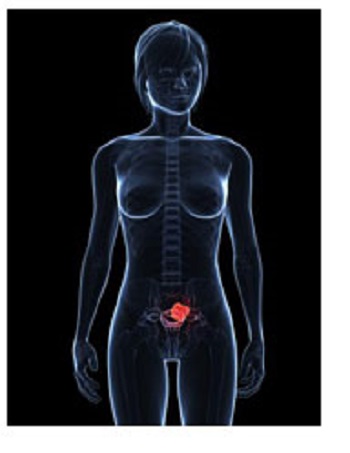Definition
It is the most common gynecological cancer in developed countries. Its most common occurrence is in the 6th-7th decade of life and 80% of patients are postmenopausal women. It is rarely diagnosed under the age of 40. Many premenopausal women with uterine cancer have polycystic ovary syndrome or come from families with hereditary non-polyposis colon cancer syndrome ( HNPCC ).
- Diet and lifestyle: obesity is associated with an increased risk of developing uterine cancer
- Hormone therapy: women undergoing progesterone-free estrogen replacement therapy have an increased risk
- Tamoxifen: increases the risk of endometrial cancer by two times
- Premature menopause – delayed menopause
- Diabetes often predisposes or coexists with cancer of the uterine body
- Heredity: history of multiple family malignancies, strong family history of colon or endometrial cancer
- Polycystic ovary syndrome
- Women who have not had children.
It is noted that the use of birth control pills reduces the relative risk by 50%.
Symptoms
- Vaginal bleeding after menopause
- Bleeding between periods or painful periods
- Pressure and pain in the pelvic area
- Rarely vaginal discharge especially in postmenopausal women
The diagnostic procedure includes:
- Endometrial biopsy
- CurretageHysteroscopy (in specialized centers)
- Preoperative examination with CT, MRI, ultrasound.
- Caution: the Pap test is not related to the diagnosis of cancer of the uterine body but only of the cervix.
- PAP test is not meant to diagnose endometrial cancer just cervical cancer
Treatment
- Surgical treatment is the main method of treating these tumors and consists of total hysterectomy along with the ovaries and sampling of lymph nodes in the area.
- Radiation therapy: often used after surgery.
In addition, in more advanced disease, hormone therapy, chemotherapy, and brachytherapy (local radiotherapy with radioactive implants) may be used.
